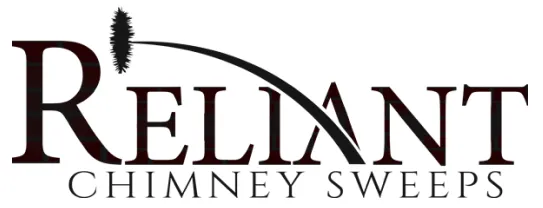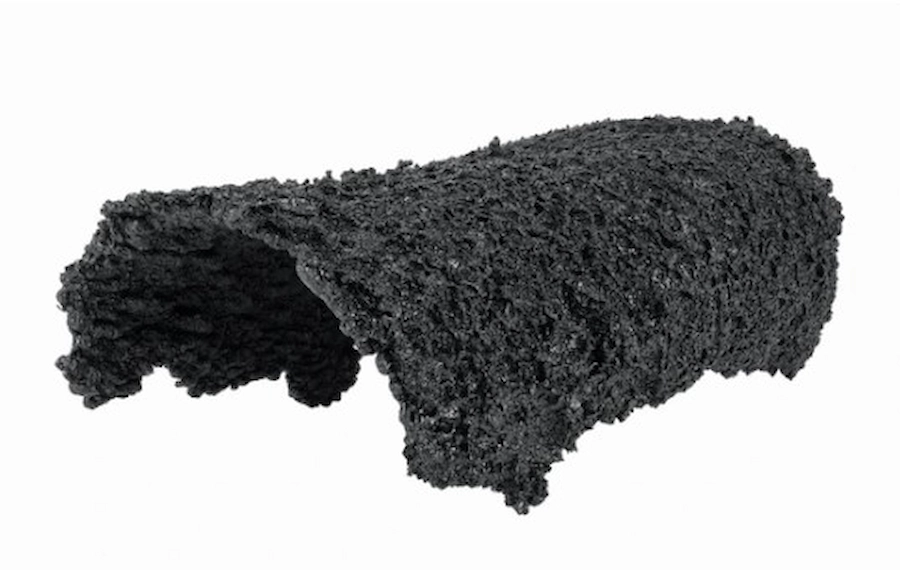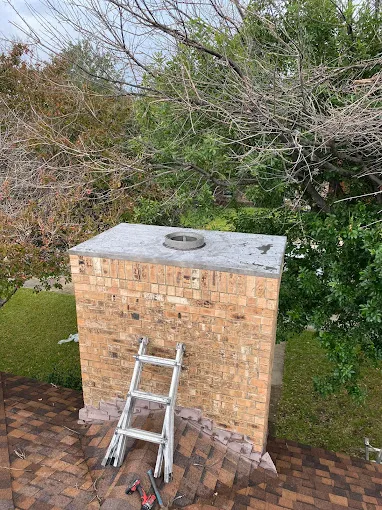If you own a fireplace, wood stove, or any type of chimney system, you’ve likely heard of creosote. But what exactly is it, and what does it look like? Creosote is one of the biggest dangers lurking in your chimney, and it’s crucial to understand how to identify it and prevent its buildup. In this article, we’ll dive into what creosote is, the different types, how to spot it in your chimney, and why it’s so important to keep it under control.
What is Creosote?
Before we talk about what creosote looks like, let’s first understand what it is and how it forms.
Creosote is a highly flammable, tar-like substance that is produced when wood is burned in your fireplace or stove. As wood burns, it releases gases and particles, many of which attach to the walls of your chimney. Over time, these particles build up and harden, forming creosote.
This substance is a major cause of chimney fires, which is why it’s critical to keep your chimney clean. The more creosote you have in your chimney, the greater the risk of a dangerous fire.
Why Does Creosote Form in Your Chimney?
Creosote forms when the combustion process is incomplete. The type of wood you burn, the temperature of the fire, and the airflow in your chimney all contribute to the amount of creosote that builds up. Inadequate airflow, burning wet or green wood, or low-temperature fires produce more smoke and moisture, leading to increased creosote.
The buildup of creosote can be dangerous for several reasons:
- Fire Hazard: Creosote is highly flammable. As it builds up, it increases the chances of a chimney fire. These fires can burn extremely hot and cause significant damage to your chimney and home.
- Obstruction: Thick layers of creosote can block your chimney, restricting airflow and reducing the efficiency of your fireplace or stove.
- Health Risks: The smoke and fumes from creosote can make their way into your home, lowering indoor air quality and posing health risks to your family.
Now, let’s take a closer look at what creosote actually looks like.
What Does Creosote Look Like?
Creosote can appear in various forms, each with distinct characteristics. The color, texture, and consistency of the creosote can vary based on the severity of buildup, the type of wood burned, and the conditions of the chimney.
1. Soot-Like Creosote (Stage 1)
In its early stage, creosote resembles black or gray soot and is soft, easy to remove. It’s typically caused by burning slightly wet wood or low-temperature fires. While not a major fire hazard, it should be cleaned regularly to prevent buildup.
2. Tar-Like Creosote (Stage 2)
As creosote builds up, it becomes thicker and stickier, appearing shiny or glossy. It’s harder to remove and poses a greater fire risk. Professional cleaning is essential if you notice this form of creosote.
3. Hard, Crusty Creosote (Stage 3)
The most dangerous stage, creosote hardens into a thick, crusty layer, making it difficult to remove. This results from low-temperature fires or burning wet wood. A professional cleaning is necessary to avoid chimney fires.
4. Glazed Creosote
Another variant of creosote buildup is known as “glazed creosote.” This type of creosote is similar to Stage 3 but with a shiny, glass-like appearance. It occurs when the creosote becomes so hot and sticky that it forms a shiny glaze inside the chimney. Glazed creosote is one of the most dangerous forms because it’s very difficult to remove and highly prone to causing chimney fires.
How to Spot Creosote in Your Chimney
Now that you know what creosote looks like, it’s time to understand how to spot it in your chimney. Creosote buildup often occurs in the upper sections of the chimney flue, so it may not be immediately visible. However, there are a few ways to detect its presence:
1. Visual Inspection
One of the best ways to detect creosote buildup is through a visual inspection of your chimney. You can use a flashlight and mirror to look up the chimney or hire a professional chimney technician to inspect it for you. They will look for signs of creosote on the inner walls of the chimney. If you notice any black or shiny streaks, flakes, or hardened layers, these are signs of creosote.
2. Chimney Sweeping Logs
Another way to assess creosote buildup is by using chimney sweeping logs. These are commercially available logs that help reduce creosote buildup by breaking it down as they burn. While they don’t replace a professional chimney cleaning, they can provide a clearer picture of how much creosote is in your chimney. If the log produces significant amounts of soot during burning, it’s an indication that you may have a buildup problem.
3. Unusual Smells
If you notice a strong, unpleasant odor coming from your fireplace or stove, it may be due to creosote buildup. When creosote accumulates, it can create a musty or burnt smell, especially when a fire is burning. If this happens, it’s time to schedule a chimney cleaning.
Why You Should Take Creosote Seriously
Creosote is more than just an eyesore—it’s a serious fire hazard. Even if it doesn’t look dangerous at first, the more creosote you have in your chimney, the higher the risk of a chimney fire. Chimney fires can cause significant damage to your home and put your family at risk.
In addition to fire danger, creosote can reduce the efficiency of your chimney, leading to poor airflow and increased heating costs. When your chimney is clogged with creosote, it can’t properly vent smoke and gases, causing dangerous backdrafts into your home. These gases can contain harmful toxins, which may affect your indoor air quality.
How to Prevent Creosote Buildup
The best way to deal with creosote is to prevent it from building up in the first place. Here are a few tips to minimize creosote accumulation:
- Burn dry, seasoned wood: Wet wood produces more smoke and moisture, leading to more creosote.
- Maintain a hot, clean fire: Low-temperature fires produce more creosote. Try to burn a hot, consistent fire to minimize buildup.
- Schedule regular chimney inspections and cleanings: Have a professional chimney sweep inspect and clean your chimney at least once a year.
Ready to Keep Your Chimney Clean and Safe?
Creosote buildup is a serious concern for homeowners with fireplaces and chimneys. It’s essential to keep an eye out for signs of creosote and take action before it becomes a dangerous problem. If you notice creosote buildup or have any concerns about your chimney, don’t wait until it’s too late.
Contact Reliant Chimney Services today for a professional inspection and cleaning. Our certified experts are here to ensure your chimney stays clean, safe, and ready to use. Call us now to schedule your appointment!
Reliant Chimney Services is committed to keeping your chimney clean and safe. Our team of experts provides thorough inspections, cleaning, and repairs to keep your fireplace or stove functioning properly.




